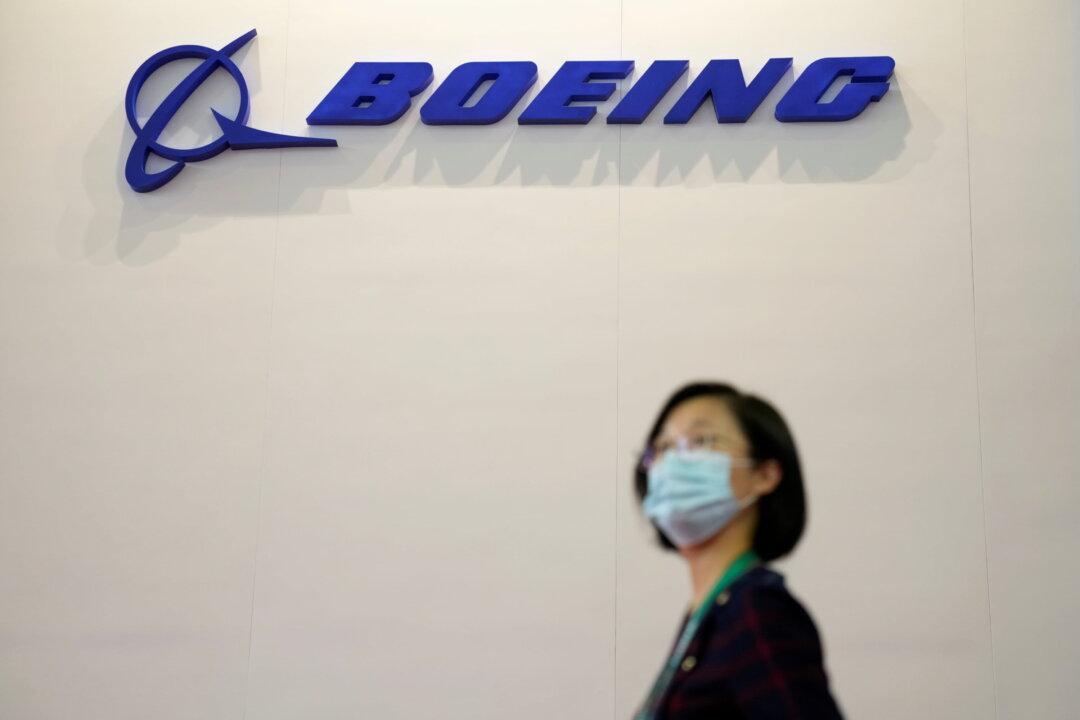Shares of The Boeing Company fell by as much as 9 percent in pre-trading on Monday, after representatives from China Eastern Airlines confirmed that one Boeing aircraft had crashed in the mountains of southern China.
The crash, which occurred on Monday in China’s mountainous Guangxi region, occurred when the aircraft quickly descended from over 29,000 feet above sea level, falling at a final rate of 31,000 feet per minute. While the crew lost contact shortly before the incident, it is likely based on Flightradar24 logs that an unknown but sudden event befell the plane in the cruising phase, causing the aircraft to nosedive into the ground. It is considered rare for aircraft to crash from the cruising phase, with only 13 percent of fatal plane crashes occurring during this phase, according to a report by Boeing last year.





